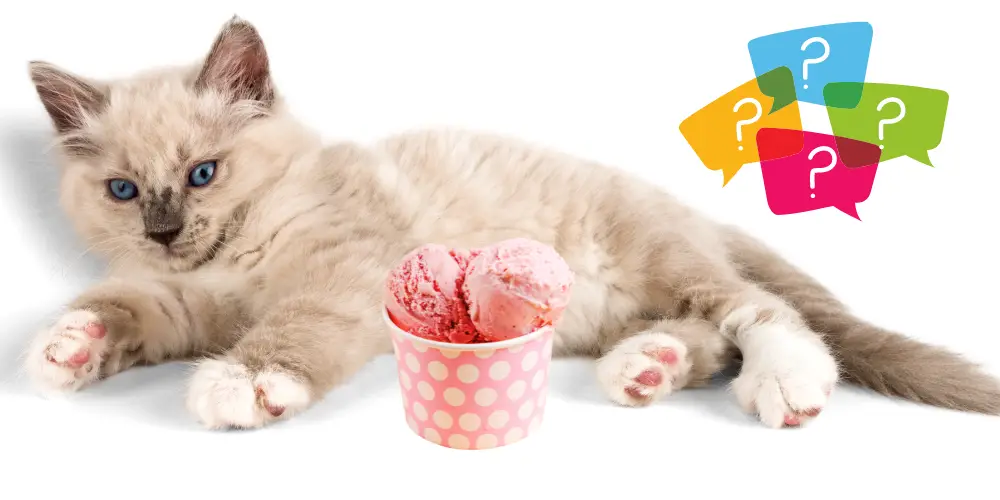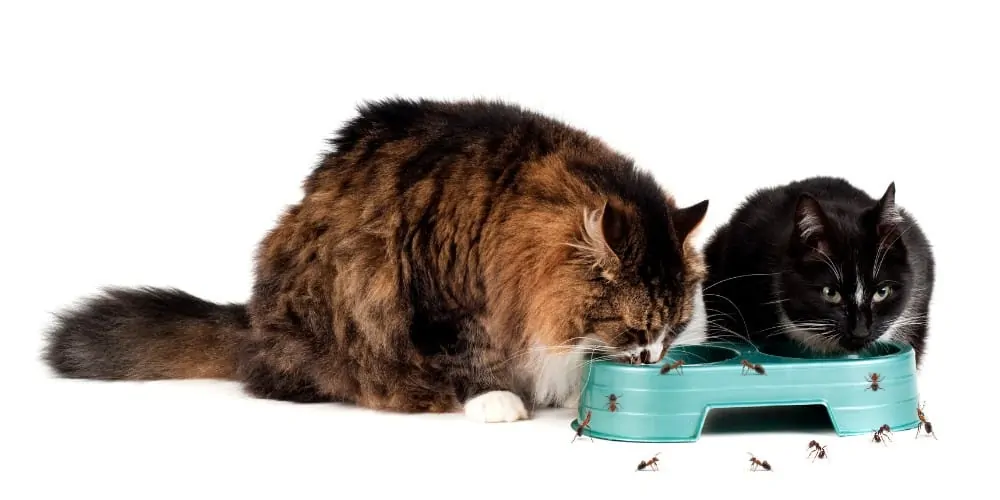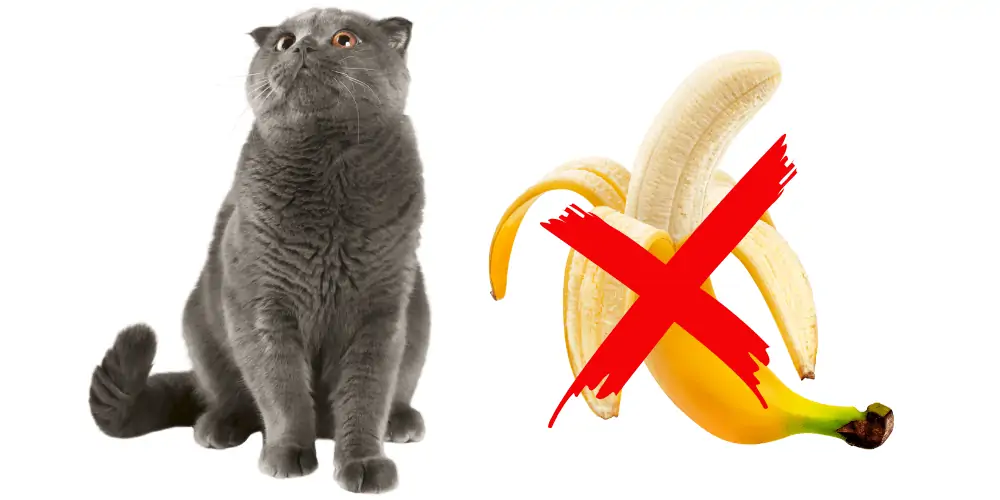Can cats eat ice cream? It’s a question many cat owners ponder, especially during those hot summer months.
Cats should not eat ice cream. Many cats are lactose intolerant and can’t properly digest lactose in milk-based products like ice cream. Additionally, ice cream often contains sugars, flavors, and additives unsuitable for cats. Occasional small amounts might not harm, but avoiding giving them ice cream is best.
This article will explore the truth behind this tempting treat and its suitability for our feline companions.
Key Takeaways
- Many cats are lactose intolerant and can’t properly digest lactose in milk-based products like ice cream.
- Ice cream often contains sugars and additives that are unsuitable for cats.
- A significant component of ice cream is dairy, which can cause digestive issues in lactose-intolerant cats.
- Cats don’t have taste receptors for sweetness and excessive sugar can lead to obesity.
- The fat content in ice cream can contribute to weight gain in cats.
- The extreme cold of ice cream can upset a cat’s stomach and possibly cause brain freeze.
- Certain ice cream ingredients, like chocolate and caffeine, are toxic for cats.
- Some ice creams may contain xylitol, an artificial sweetener harmful to cats.
- Ingredients such as grapes or certain essential oils in ice creams can be toxic or harmful to cats.
- There are safer treat alternatives like non-dairy ice creams, frozen cat-specific treats, and DIY cat-safe popsicles.
- Regular commercial cat treats, fresh meat, fish, and catnip are safe alternatives for cats.
- Always practice moderation when giving treats to avoid weight gain or digestive issues.
- It’s essential to consult with a veterinarian for personalized advice regarding cat treats.
- While ice cream may be tempting to give to cats, the risks associated with it make it an unsuitable treat.
The Hazards of Ice Cream for Cats
At first glance, ice cream might seem harmless to share with our pets. Its cool, creamy texture and the sheer enjoyment we derive from it.
It can easily make one assume it would be equally delightful for cats. However, this couldn’t be further from the truth for several reasons:
Lactose Content
Most adult cats are lactose intolerant. This means they lack sufficient amounts of the enzyme lactase required to digest lactose, the primary sugar in milk and other dairy products.
When lactose-intolerant cats consume dairy, it can lead to diarrhea, stomach cramps, and gas.
Given that a significant component of ice cream is dairy, it’s easy to see how it can be problematic for them.
High Sugar Content
Naturally, ice creams are laden with sugars to give them their sweet taste. Cats, however, do not have taste receptors for sweetness.
Their bodies aren’t designed to process large amounts of sugar either. Excessive sugar can lead to obesity and other health issues in cats, just as in humans.
Rich in Fat
The creamy texture of ice cream comes from its fat content. While fats are essential to a cat’s diet, the amount of fat and quantity in ice cream can be excessive.
Over time, this can contribute to weight gain and other related health issues.
Cold Temperature
The coldness of ice cream can also be a concern.
While a little cold treat might seem like an excellent way to cool your cat down on a hot day, the extreme cold can upset their stomach.
It can even lead to brain freeze, a sensation they aren’t familiar with.
Understanding these risks, it becomes clear that while a small lick of ice cream might not immediately harm most cats, regularly indulging them can lead to health complications.
Added Ingredients
Ice cream is more than dairy and sugar; it often contains ingredients that can harm cats.
Chocolate and Caffeine
Many ice creams incorporate chocolate, which contains substances like theobromine and caffeine.
These are toxic for cats, leading to symptoms such as rapid breathing, increased heart rate, and even tremors.
Artificial Sweeteners
Some ice creams use xylitol, a popular artificial sweetener. This substance is toxic to many animals, including cats.
Consumption can induce a rapid insulin release in cats, causing hypoglycemia.
This is a condition where blood sugar drops to dangerous levels, resulting in symptoms like vomiting, coordination loss, and even seizures.
Flavorings and Additives
Beyond the typical flavors, some ice creams may contain harmful ingredients such as grapes or raisins, which are known to be toxic to cats.
Additionally, certain additives and preservatives can lead to gastrointestinal disturbances in felines.
Essential Oils
Certain gourmet ice creams might use essential oils to boost flavor. However, some of these, especially citrus oils, can cause cat digestive problems.
Moreover, they might also lead to skin irritations or respiratory issues, especially if the cat gets it on their fur and licks it off.
Before offering any treat to your cat, it’s always wise to be informed. Ingredients that seem harmless to us can potentially threaten our feline friends.
If you doubt what cats can consume, it’s always good to refer to expert sources, such as this guide on cat diets.
Alternatives and Safer Options
Offering treats is a way many cat owners bond with their pets. However, the key is ensuring these treats are safe and beneficial.
What alternatives can feline owners resort to when ice cream is deemed unsuitable?
1. Non-Dairy Ice Creams
While traditional ice creams may contain ingredients harmful to cats, non-dairy alternatives are available.
These products, made from almond, coconut, or soy milk, might be more digestible, but owners should still read ingredient lists diligently. Avoid flavors and additives that could be toxic to cats, like artificial sweeteners.
2. Frozen Cat Treats
Several pet brands now offer frozen treats specifically designed for cats.
These usually have ingredients like fish or chicken broth and lack harmful additives, making them a cooler treat on hot days.
3. DIY Cat-Safe Popsicles
Creating cat-friendly popsicles at home is an excellent way to ensure safe ingredients.
You can make frozen delights your cat will love using chicken broth, tuna juice, or water from canned cat food. Always serve in moderation.
4. Commercial Cat Treats
Many pet stores stock a wide range of commercial cat treats. While these are generally safe for feline consumption, checking ingredient lists and ensuring no harmful fillers or additives are present is crucial.
5. Fresh Meat or Fish
As obligate carnivores, cats thrive on a meat-based diet. Small pieces of cooked chicken, turkey, or fish can be a healthy treat alternative. Avoid using seasonings or oils, which can upset a cat’s stomach.
6. Catnip and Cat Grass
While not a treat in the traditional sense, catnip and cat grass can be delightful snacks for cats. They are safe when consumed in moderation and can offer some digestive benefits.
No matter the treat, moderation is key. Even the safest treats can cause weight gain or digestive issues if overfed.
Always balance treats with a proper diet, and consult your veterinarian for personalized advice.
Final Thoughts
As we wrap up our exploration on the topic, “Can cats eat ice cream?” the findings are unmistakable.
Although the creamy texture and diverse flavors of ice cream might be tempting to share with our cats, the associated risks far outweigh the short-lived joy it might bring.
With their unique digestive systems and dietary needs, cats deserve treats tailored for their well-being.
Instead of potentially harmful human desserts, focusing on cat-centric treats prioritizing their health, nutrition, and happiness is wiser.
After all, our feline companions rely on us to make the best choices for them, and when it comes to ice cream, the best choice is a clear “no.”
RELATED ARTICLE: Can Cats Eat Blackberries? (The Berry Truth!)
REFERENCES:
- Cat food. (2023, August 26). In Wikipedia. https://en.wikipedia.org/wiki/Cat_food
- American Society for the Prevention of Cruelty to Animals (ASPCA). (n.d.). People Foods to Avoid Feeding Your Pets. Retrieved from https://www.aspca.org/pet-care/animal-poison-control/people-foods-avoid-feeding-your-pets
- Cornell University College of Veterinary Medicine. (2017). Feeding Your Cat. Retrieved from https://www.vet.cornell.edu/departments-centers-and-institutes/cornell-feline-health-center/health-information/feline-health-topics/feeding-your-cat
- RSPCA Pet Insurance. (2018). What to feed my cat? Retrieved from https://www.rspcapetinsurance.org.au/pet-care/cat-care/what-should-feed-cat
- Kienzle, E. (2019). Cats and Carbohydrates: Implications for Health and Disease. VetFolio. Retrieved from https://www.vetfolio.com/learn/article/focus-on-nutrition-cats-and-carbohydrates-implications-for-health-and-disease


